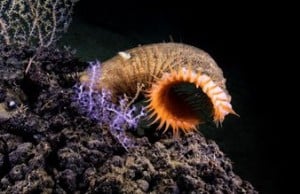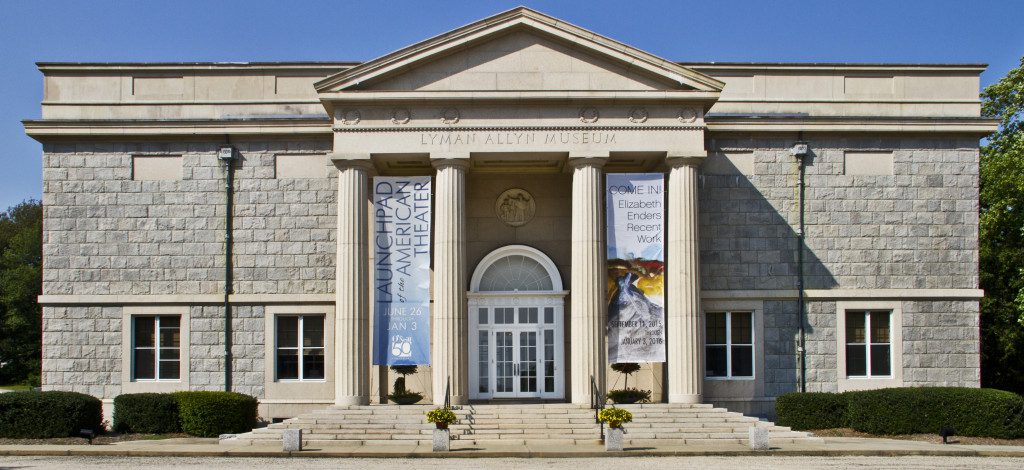February 5 – May 15, 2016

Beyond Three Hundred Fathoms: Life at the Extremes looks at the amazing creatures found in the deep sea, oftentimes living at extreme depths and harsh environments. The photographs were taken using high definition video cameras mounted on Ocean Exploration Trust’s remotely operated robotic underwater vehicles. These stunning photographs document the life, beautiful and brilliant, that exists in eternal darkness hidden from human eyes.
Click the link to view related exhibit, Dark Water, Deep Treasures: The Art of Discovery.
Does life exist in the deep sea, at depths below where humans can dive? Edward Forbes was a distinguished British naturalist, born in 1815. His accomplishments included the curatorship of the museum of the Geological Society of London and the professorship of botany at Kings College. In November 1844 he resigned the curatorship of the Geological Society, and became palaeontologist to the Geological Survey of Great Britain. In 1841 he sailed with the British Survey on the Beacon, charting the waters of the Mediterranean and Aegean Sea, where he was able to dredge for samples from the deepest waters examined to date. After these explorations, Forbes developed his theory that below 300 fathoms the mysterious dark depths of the seas was a barren lifeless area and he named this the Azoic (lifeless) zone.
His theory was accepted by the public and assumed the status of fact, until the 1887’s. The HMS Challenger was the first expedition organized and funded for a specific scientific purpose: to examine the deep-sea floor and answer comprehensive questions about the ocean environment







